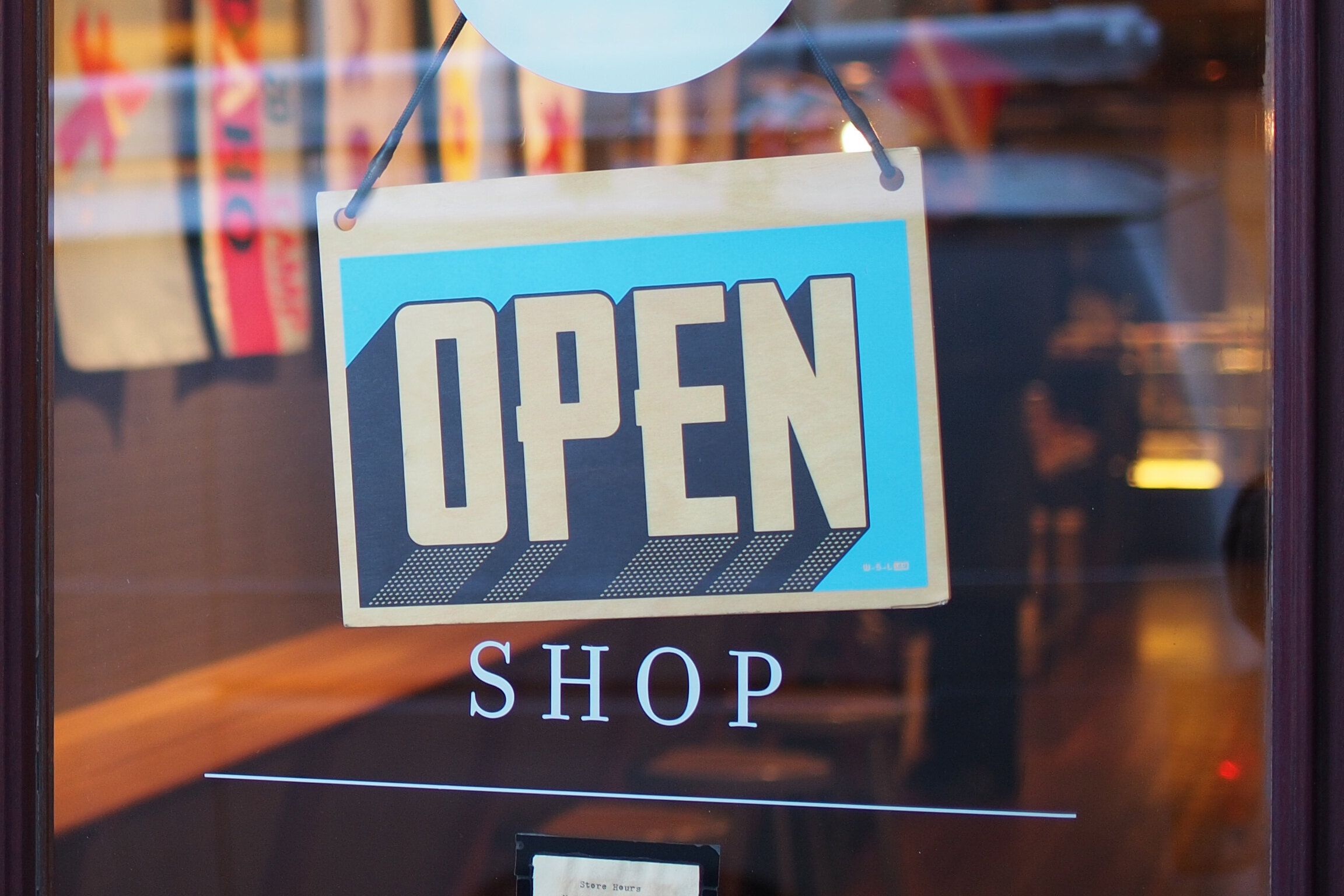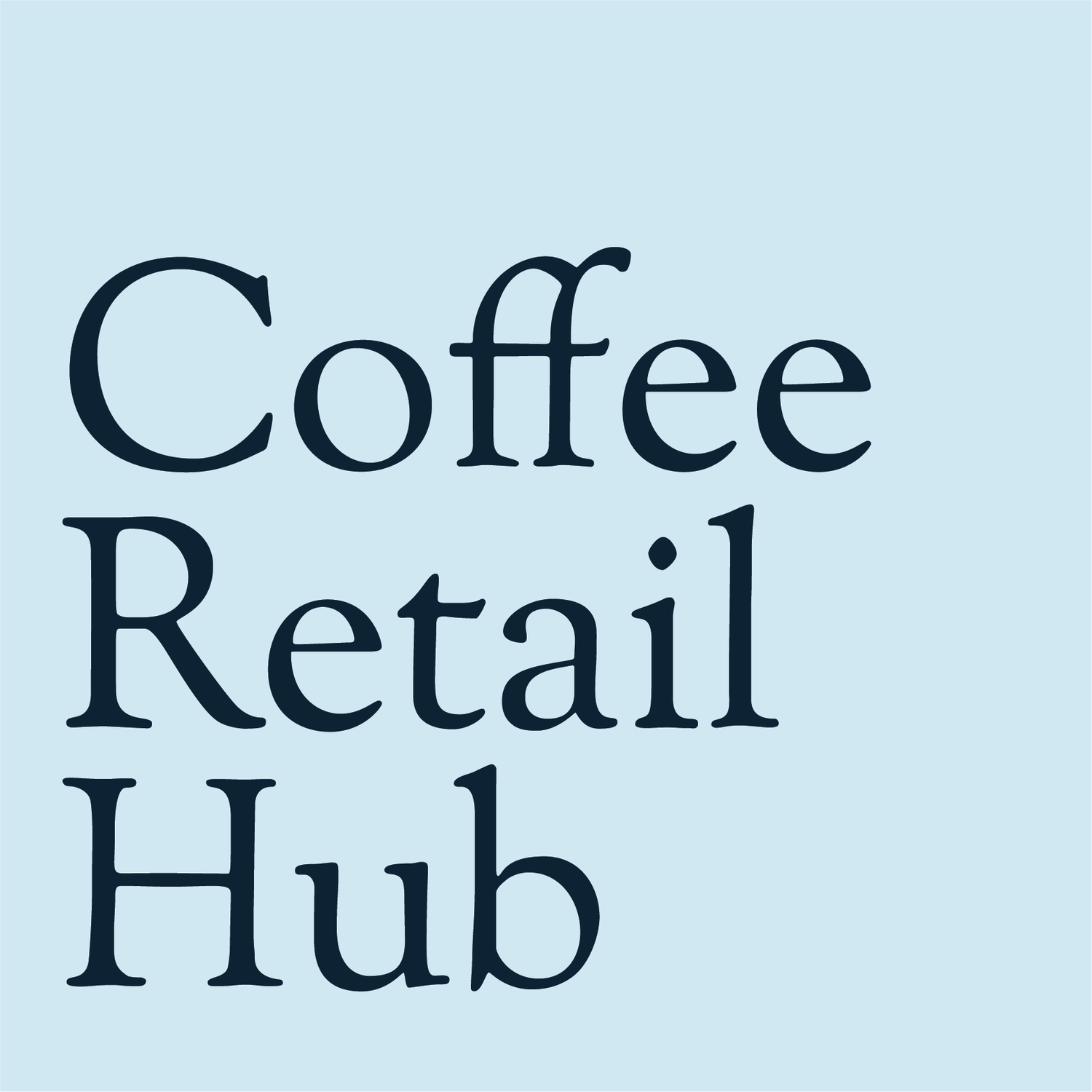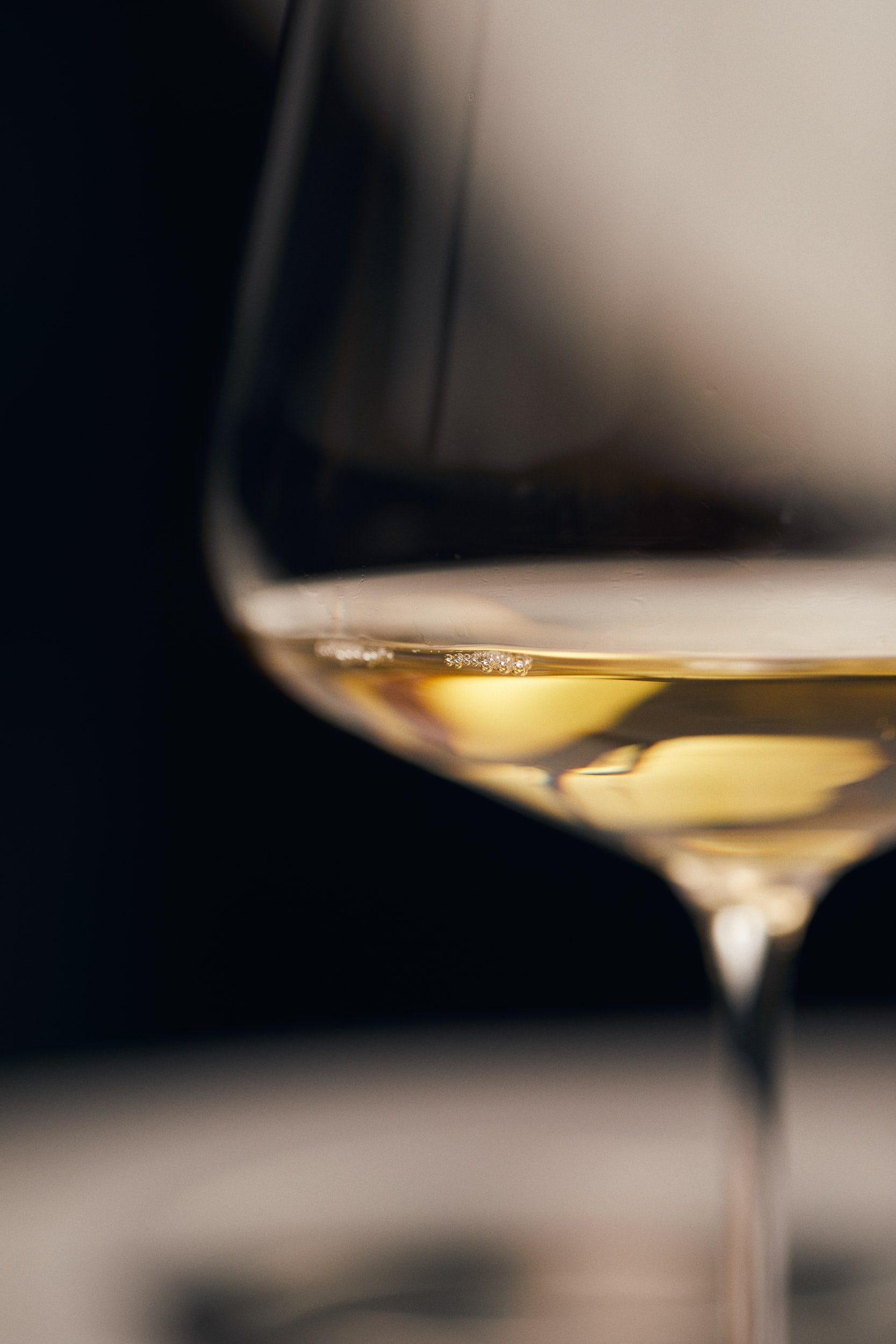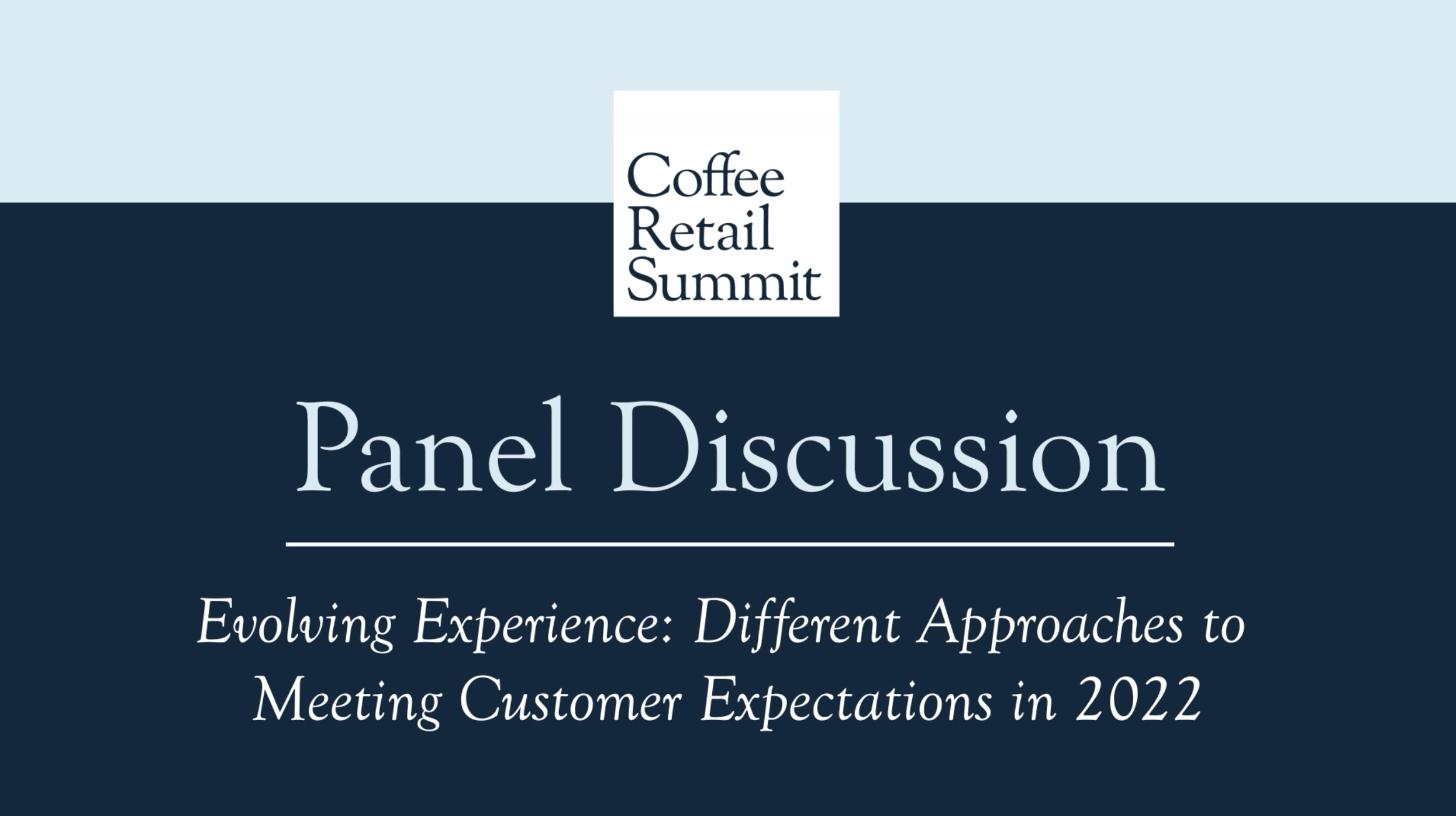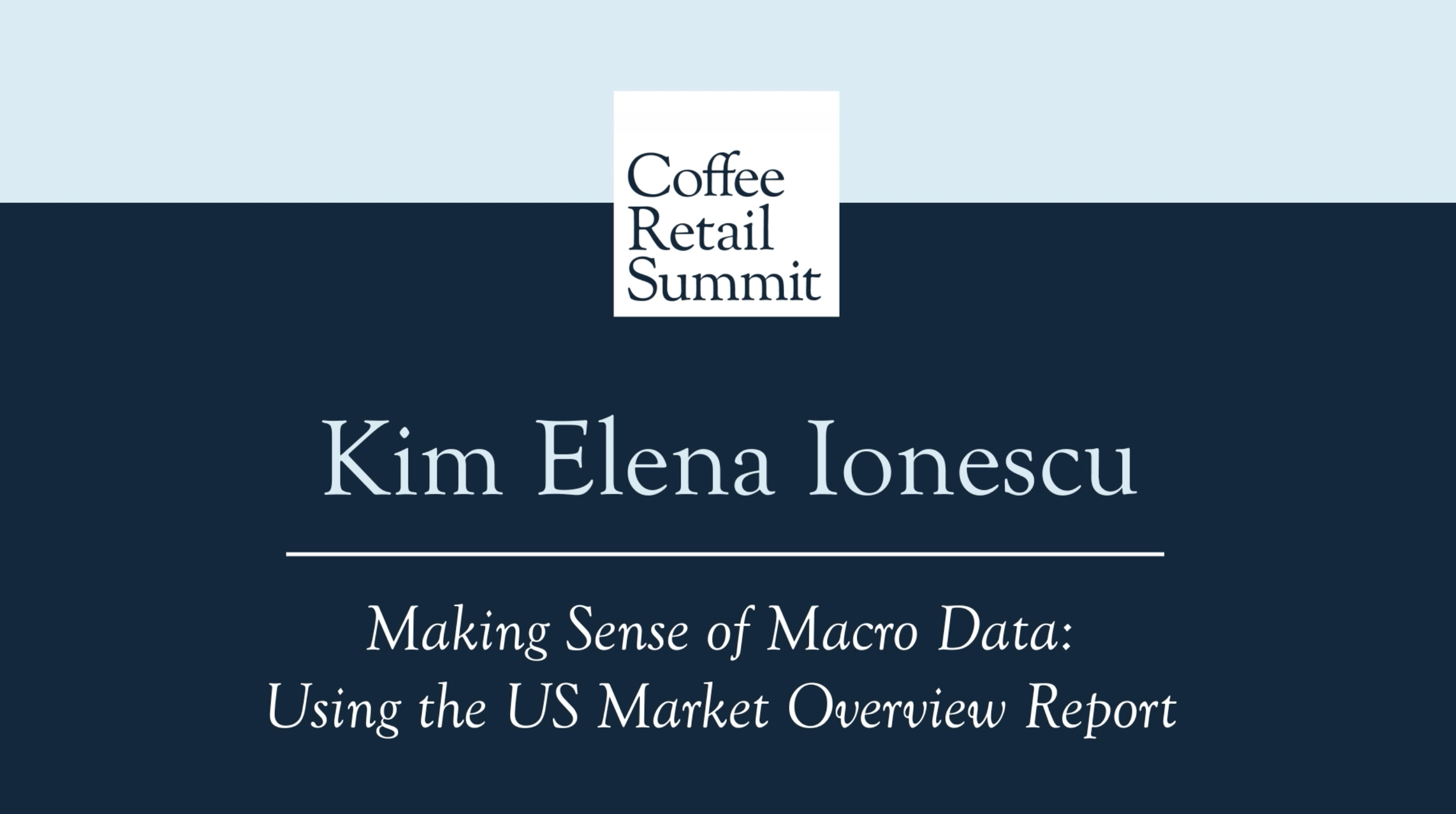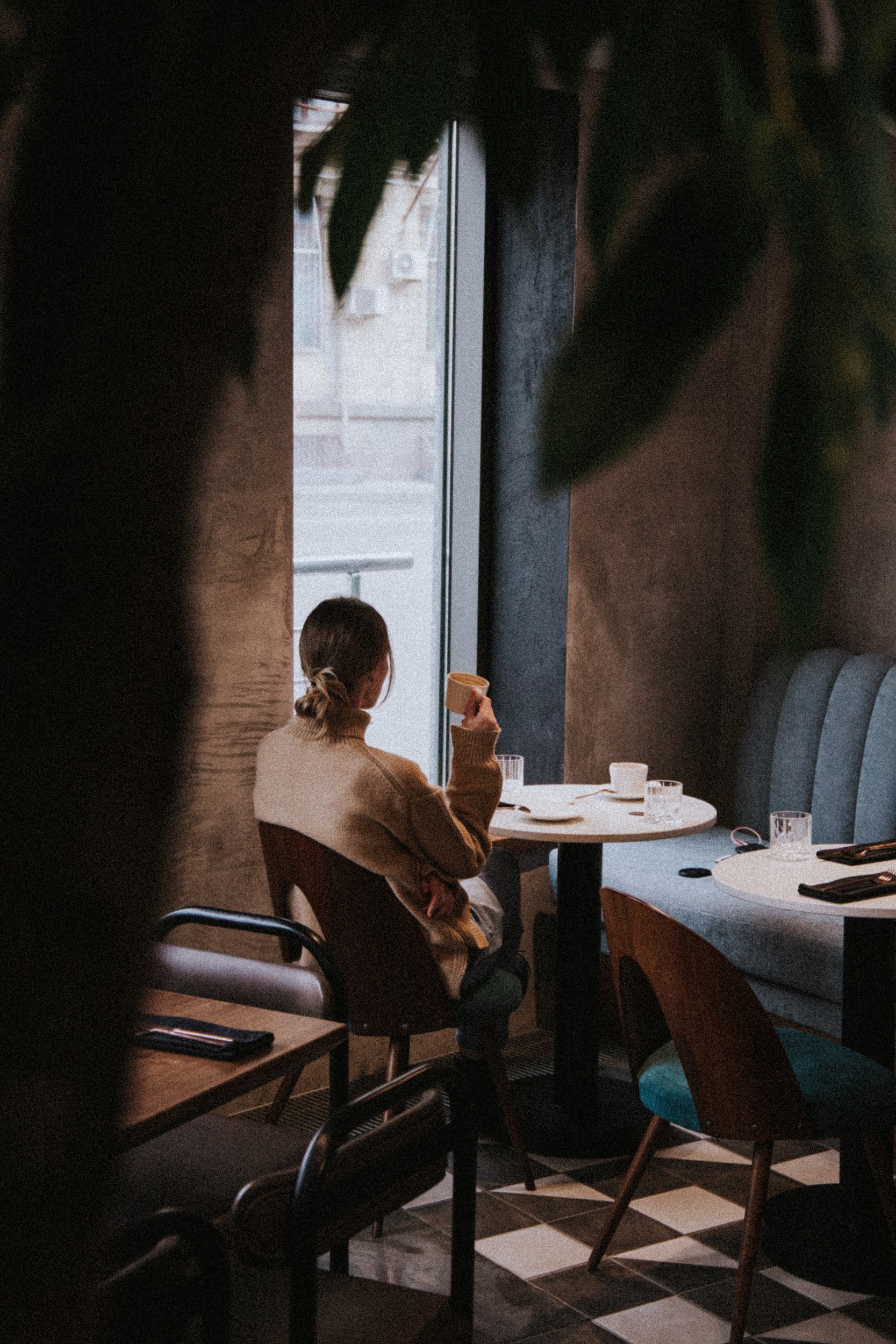
Building Your Brand
As footfall decreased with pandemic closures, the role of business communication, marketing, and brand has never been more important. We’ve learned from our COVID-19 surveys that connecting with local communities is a cornerstone of retail success.
Whether it’s directly supporting those around you, or training your staff to better serve customers, the complex interaction between brand, community, and the customer experience offers significant business opportunity to brands of all sizes.
Marketing & Brand
It's easy to make assumptions about what makes a business like Coffee Collective successful, but the truth is that success - and growth - result from a complex web of decisions.
Cognitive psychologist BENTE KLEIN HAZEBROEK and language professor ILJA CROIJMANS explore the role and construction of coffee’s linguistic descriptions—those flavor notes and descriptions across coffee packaging and websites!—in a consumer’s willingness to pay.
Neuroscientist Dr. FABIANA CARVALHO shares the recent results of a Coffee Science Foundation study, supported by Savor Brands Inc., to understand how packaging color influences consumer behavior.
If we’re only able to build our opinion on a coffee’s aroma, taste, and mouthfeel as we consume it, how can we effectively communicate what’s inside the packaging—and set expectations we’ll be able to meet—while it’s still on the shelf?
Despite (most) of our return to coffee spaces, coffee's unprecedented move online during lockdowns forced social media accounts to pivot from a tool to get people in seats to a destination in and of itself. What happens now? Do we stay on this path, or do we revert? Morgan Eckroth explores the growth of social media during the pandemic and offers actionable recommendations for coffee businesses to make the most of the opportunities ahead.
Just like our understanding of "specialty" has changed, so too, has our understanding of "luxury." What can specialty learn from "New Luxury" and its relationship to culture? Dr. Thomaï Serdari explains the role of cultural pioneers and some of the way luxury brands are attracting them, with recommendations for specialty brands interested in leveraging the magic of luxury.
As we grapple with our own definition of “specialty,” Pauline Vicard shares ARENI’s journey of defining “fine wine” and explores opportunities for mutual learnings between industries.
Luis Samper encourages us to shift the relationship between roasters and producers change from “procurement” to “co-branding partners.” This creates increased value for the producer, encourages relationships and innovation over time, and builds strong origin stories that engages consumers.

NEW Video
How to Win with Consumers in the “New Era”
How can the specialty coffee industry demonstrate its ethos through exciting integrated marketing initiatives? In this just-released Re:co Symposium 2020 video, Senior Marketing Manager Austin Henley poses three bold new questions for coffee →
Creating Spaces
In this talk, Chad Little identifies common traits of successful cafés and explains how these traits help shop owners mitigate risk and avoid premature attrition.
Yoonseo Choi advises coffee retailers on how to succeed in e-commerce.
Payhere is a Point-of-Sale system chosen by one out of every three new coffee shops in Korea.
Cognitive psychologist BENTE KLEIN HAZEBROEK and language professor ILJA CROIJMANS explore the role and construction of coffee’s linguistic descriptions—those flavor notes and descriptions across coffee packaging and websites!—in a consumer’s willingness to pay.
Neuroscientist Dr. FABIANA CARVALHO shares the recent results of a Coffee Science Foundation study, supported by Savor Brands Inc., to understand how packaging color influences consumer behavior.
The market for plant-based beverages continues to grow rapidly as people look for ways to make more sustainable choices. However, it is also increasingly difficult for consumers to orientate themselves because of the wide variety of raw materials used to make plant-based drinks.
As cold brew coffee has grown in popularity in recent years, so too has the number of strong opinions about the brewing method’s impact (positive or negative) on the flavors in the resulting cup—but they’d never been systematically studied.
If we’re only able to build our opinion on a coffee’s aroma, taste, and mouthfeel as we consume it, how can we effectively communicate what’s inside the packaging—and set expectations we’ll be able to meet—while it’s still on the shelf?
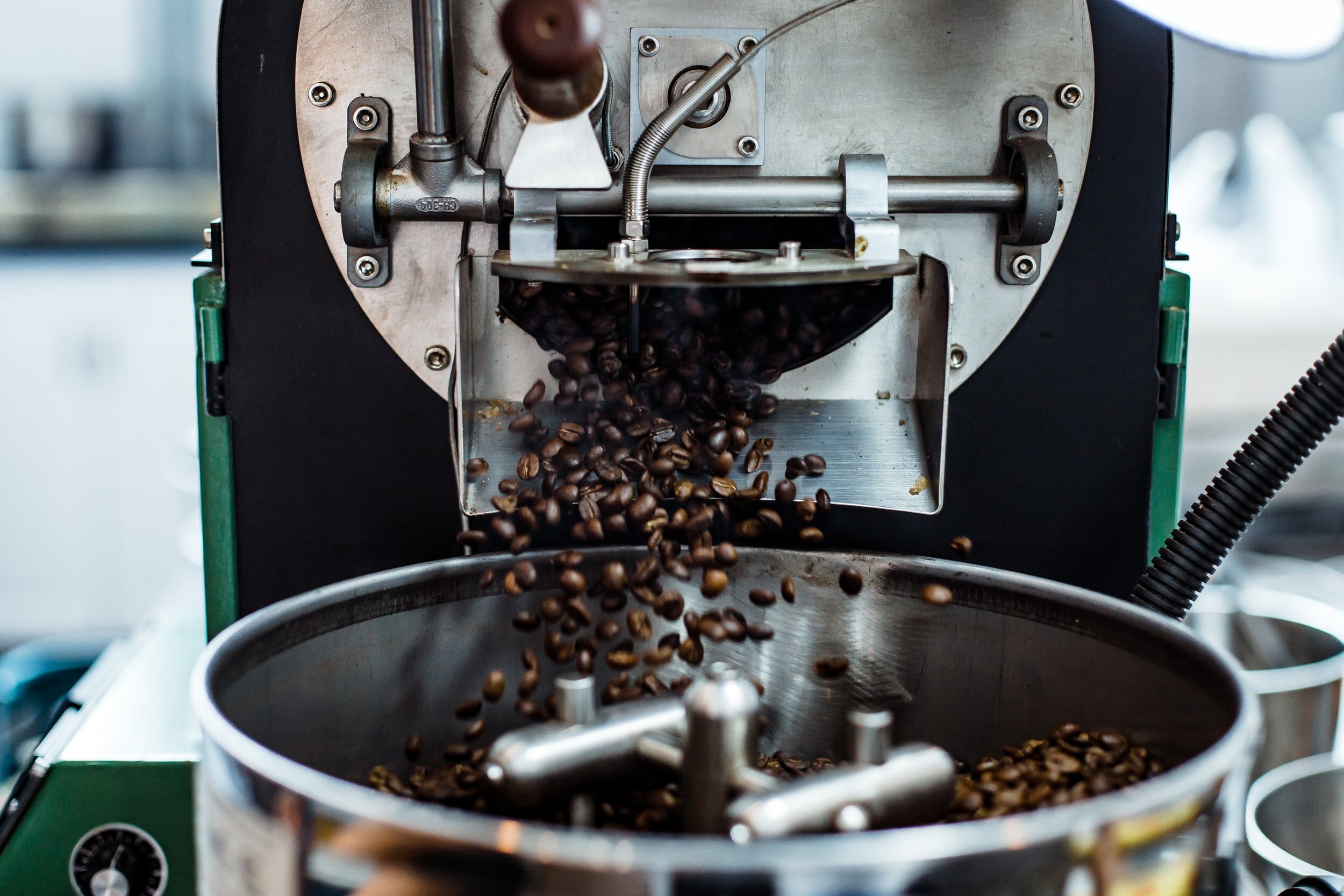
Consumer Research
Can You Taste the Brand in Your Coffee?
Whether at home, in a coffee shop or in the workplace, our surroundings also have a big impact on where and when we choose to savor the moment. Although personal preferences may differ, we all recognize the range of factors that influence our purchasing decisions when it comes to coffee. Read more from Imane Bouzidi and Antony Watson →
Landscape & Trends
Get to know the SCA’s global platform for connecting buyers and sellers.
NOA BERGER explores how the “field” of coffee was inspired by (and inspires) related industries like fine wine, cacao, and—more recently—vanilla, and queries its impacts.
As the world enters its third year living with COVID-19, it turns out even a global pandemic can’t disrupt some universal truths about coffee consumption.
Origin stories do more than add color to your cup: these extrinsic attributes are an integral part of determining the price we pay (and that farmers earn) for coffee.
Despite (most) of our return to coffee spaces, coffee's unprecedented move online during lockdowns forced social media accounts to pivot from a tool to get people in seats to a destination in and of itself. What happens now? Do we stay on this path, or do we revert? Morgan Eckroth explores the growth of social media during the pandemic and offers actionable recommendations for coffee businesses to make the most of the opportunities ahead.
As a move towards the "functional" grips the beverage sector, how might this trend shape opportunities for specialty coffee products and consumers? Jim Watson explores the current market categories and trends in the US, specifically the growth of the "coffee and" segment.
As specialty coffee reaches new markets—and the number of individuals making these choices increases—it becomes increasingly enmeshed with our sense of identity. We constantly navigate brands (personal and product) in online and real-life spaces—how can we use signifiers across these various brand landscapes to better connect with consumers? What trends are emerging inside—and out—of the sector, and how can we leverage them?
Dagmawi I.E. re-introduces Ethiopian coffee and its consumption, tracing emerging trends in Ethiopia and situating them in context to trends seen in Kenya, Rwanda, and Uganda. Traditional and emerging markets alike can learn from Ethiopia's lessons in charting a way forward through in their own unique context.
Explore All Building Your Brand Resources
In this talk, Chad Little identifies common traits of successful cafés and explains how these traits help shop owners mitigate risk and avoid premature attrition.
Yoonseo Choi advises coffee retailers on how to succeed in e-commerce.
Payhere is a Point-of-Sale system chosen by one out of every three new coffee shops in Korea.
Get to know the SCA’s global platform for connecting buyers and sellers.
NOA BERGER explores how the “field” of coffee was inspired by (and inspires) related industries like fine wine, cacao, and—more recently—vanilla, and queries its impacts.
Cognitive psychologist BENTE KLEIN HAZEBROEK and language professor ILJA CROIJMANS explore the role and construction of coffee’s linguistic descriptions—those flavor notes and descriptions across coffee packaging and websites!—in a consumer’s willingness to pay.
Neuroscientist Dr. FABIANA CARVALHO shares the recent results of a Coffee Science Foundation study, supported by Savor Brands Inc., to understand how packaging color influences consumer behavior.
The market for plant-based beverages continues to grow rapidly as people look for ways to make more sustainable choices. However, it is also increasingly difficult for consumers to orientate themselves because of the wide variety of raw materials used to make plant-based drinks.
As cold brew coffee has grown in popularity in recent years, so too has the number of strong opinions about the brewing method’s impact (positive or negative) on the flavors in the resulting cup—but they’d never been systematically studied.
As the world enters its third year living with COVID-19, it turns out even a global pandemic can’t disrupt some universal truths about coffee consumption.
If we’re only able to build our opinion on a coffee’s aroma, taste, and mouthfeel as we consume it, how can we effectively communicate what’s inside the packaging—and set expectations we’ll be able to meet—while it’s still on the shelf?
There are countless coffee cuppings performed by coffee professionals around the world, assessing coffee quality, every day. Lead Author JIEXIN LIANG suggests we’re more easily able to control our total dissolved solids (TDS) via brew ratio instead of our extraction yield (E).
What could the color of your cold brew be communicating to your customers? Lead author SARA YEAGER shares the findings of a recently published paper, “Roast Level and Brew Temperature Significantly Affect the Color of Brewed Coffee,” published in the Journal of Food Science, exploring how coffee beverage color varies with origin, roast level, and brew temperature.
Origin stories do more than add color to your cup: these extrinsic attributes are an integral part of determining the price we pay (and that farmers earn) for coffee.
Despite (most) of our return to coffee spaces, coffee's unprecedented move online during lockdowns forced social media accounts to pivot from a tool to get people in seats to a destination in and of itself. What happens now? Do we stay on this path, or do we revert? Morgan Eckroth explores the growth of social media during the pandemic and offers actionable recommendations for coffee businesses to make the most of the opportunities ahead.
Just like our understanding of "specialty" has changed, so too, has our understanding of "luxury." What can specialty learn from "New Luxury" and its relationship to culture? Dr. Thomaï Serdari explains the role of cultural pioneers and some of the way luxury brands are attracting them, with recommendations for specialty brands interested in leveraging the magic of luxury.
As a move towards the "functional" grips the beverage sector, how might this trend shape opportunities for specialty coffee products and consumers? Jim Watson explores the current market categories and trends in the US, specifically the growth of the "coffee and" segment.
As specialty coffee reaches new markets—and the number of individuals making these choices increases—it becomes increasingly enmeshed with our sense of identity. We constantly navigate brands (personal and product) in online and real-life spaces—how can we use signifiers across these various brand landscapes to better connect with consumers? What trends are emerging inside—and out—of the sector, and how can we leverage them?
Dagmawi I.E. re-introduces Ethiopian coffee and its consumption, tracing emerging trends in Ethiopia and situating them in context to trends seen in Kenya, Rwanda, and Uganda. Traditional and emerging markets alike can learn from Ethiopia's lessons in charting a way forward through in their own unique context.
Will Frith, Founder of Building Coffee in Ho Chi Minh City, believes it’s past time for a new narrative about Vietnam, and not only as a coffee producing country – Vietnam’s coffee retail and consumption trends point to new ways for coffee drinkers to connect to each other internationally and across supply chains domestically.
Using her experience studying specialty coffee in France (a traditional market) and Brazil (a domestic market), Noa Berger shares more about an exciting intersection of cultural identity and specialty coffee driving the growth of the Israeli specialty coffee market.
Get an estimate of the US coffee market and the value of selected segments, including place of consumption, channels, categories, and brands in 2020.
This is an opportunity for us to examine how we assess, define, and value specialty coffee, to stop and take stock of how things have moved and changed over time, and how they interact with one another. How does a coffee’s attributes impact how we understand its value? And how might that be different from its cup score?
What are the customer expectations in 2022, and how do you meet them? This panel discussion features Pascal Herzog, Executive at ViCAFE and Serafina Luginbühl, Finance & Business Development Manager at Kaffeezentrale Switzerland.
Kim Elena Ionescu shares insights from the US Market Report and what we can learn from it.
Peter Giuliano introduces a new way to define specialty coffee through the attributes conception, which expands our understanding of “specialty” into the realm of coffee experiences.
What can consumers tell us about craft chocolate, and therefore, about specialty coffee consumer preferences? To understand American premium chocolate consumer perception of craft chocolate and desirable chocolate product attributes, Dr. Allison Brown conducted a mixed-methods study using focus groups and projective mapping.
As we grapple with our own definition of “specialty,” Pauline Vicard shares ARENI’s journey of defining “fine wine” and explores opportunities for mutual learnings between industries.
Bill Murray of the US National Coffee Association offers seven signs that point towards our sector’s future post-pandemic.
Brew temperature is widely considered to be one of these key variables affecting the final quality of coffee, with a temperature near 93°C believed by most to be best. And, while it is no surprise then that drip brewers that can’t reach 92°C fast enough fail their certification, it turns out there is little empirical (and even less scientific) evidence, however, to support any particular range of brew temperatures for optimal sensory quality and consumer acceptance.
